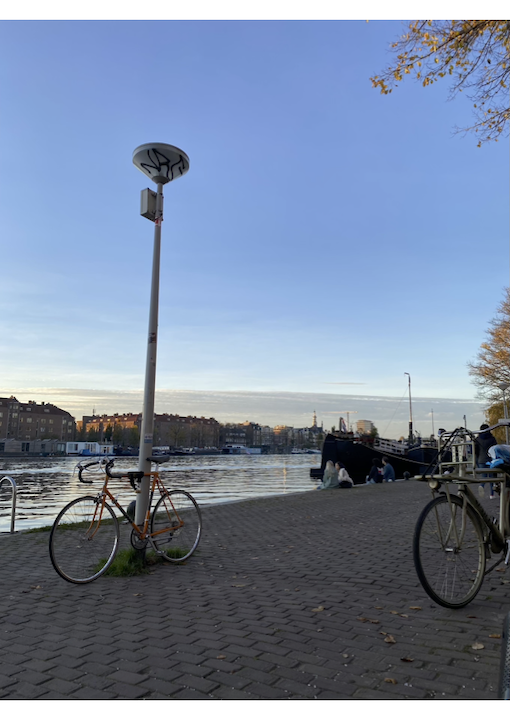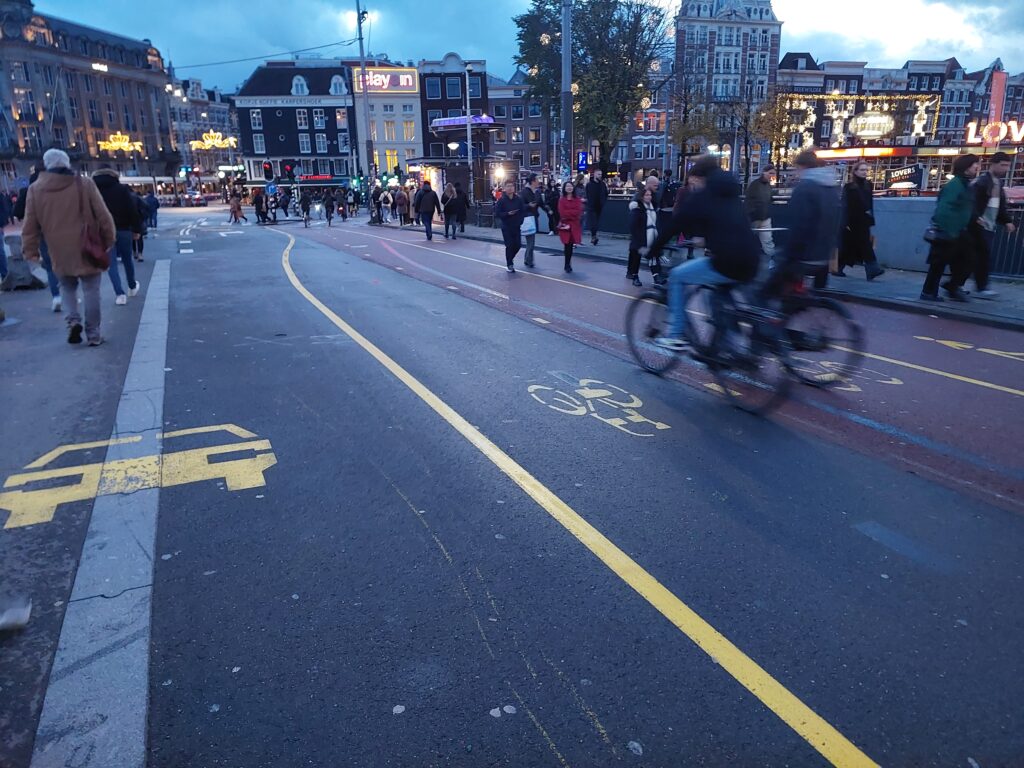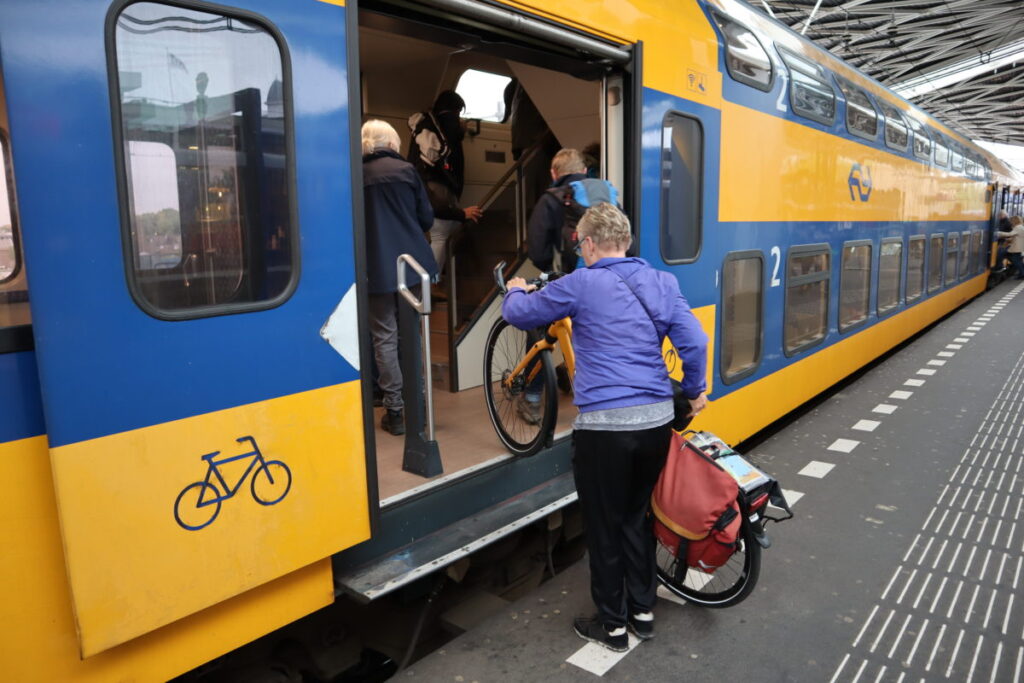João Pedro Soares Ferreira | LinkedIn
João is a Spatial Planning undergraduate student at the Federal University of ABC (São Paulo, Brazil). Passionate about urban dynamics, sustainability and transports.
Selected final essay, published 9 November 2020
Unraveling the Cycling City MOOC on Coursera
Bicycle arrived in Brazil at the end of the 19th century, through European immigrants. In that time, due to high import costs, it was very restricted to wealthy people. This exclusivity lasted until the end of the World War II, when the national government introduced an industrial program, with the purpose of creating jobs. Then, in 1945, the first bicycle factory in Brazil was founded, and cycling, cheaper than ever, became popular quickly among cities. Regardless of ethnicity, gender or age, cyclists began to occupy the streets, reaching their peak in the 1950s and 1960s.
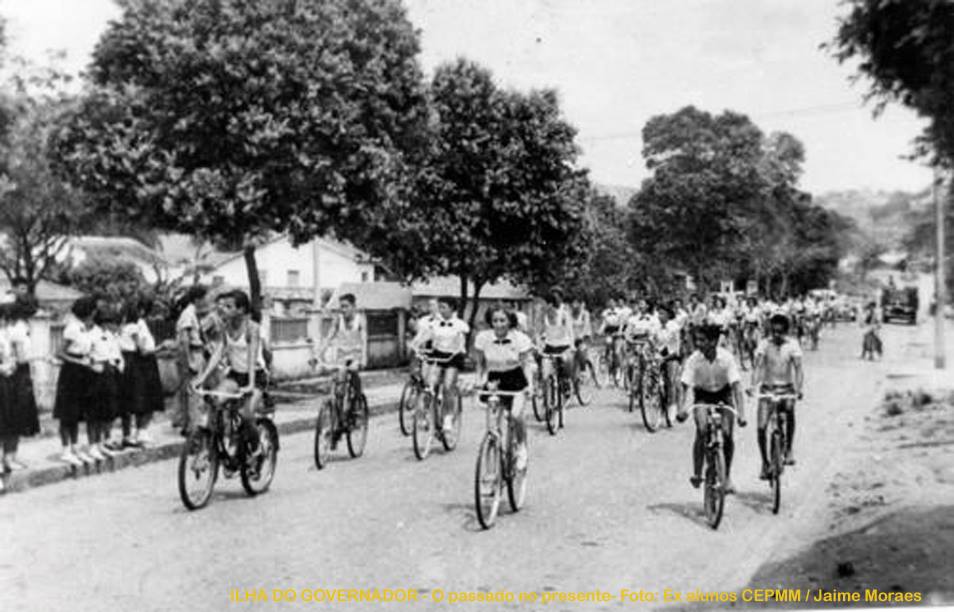
In 1955 a new president was elected under the discourse of Brazil being a “backward country”. As a result, a developmentalist policy was put into practice, having the automobile industry as its flagship, among opening great highways and the construction of the modernist capital Brasília. De facto, it was the beginning of the automobile hegemony in Brazilian urban space.
This overview, which actually started in 1920 when “to govern is to build roads” was used as a state motto, deepened further in the second half of the 20th century. In 1964, a military coup occurred and incentives for automakers and highway construction increased during the dictatorship (which lasted until 1985), also dismantling part of the Brazilian railway network. Such incentives ended up strangling bicycle manufacturers, resulting in a small market dominated by only two companies.
This was the summary of a history which has not yet been overcome. After years of government incentive, the automobile culture has been consolidated, having as an ally the huge wage gap in Brazil, which transformed the car not only into a vehicle, but also a symbol of social ascension. In the same logic, the “cheap” bicycle started to be associated with poor people, as also happened in Europe, as shown by Oldenziel & Albert de la Bruhèze:
“In retrospect, we can see how the shifting meaning of the bicycle from a middle-class to a working-class means of transportation proved politically precarious. […] In this context, the bicycle became associated with the working class and with unsafe situations.”
This car-centered culture made Brazilians a very conservative society in matters of mobility, with no resistance to car road supremacy as seen with the Dutch and the grassroots movement Stop de Kindermoord. In terms of social behavior, drawing a parallel with Kuipers, it is possible to say that, even without the largest share on modal split, driving a car (or wishing to drive a car) has become a top-down national habitus.
Little has changed until the wave of left-wing populist governments in Latin America. In Brazil, the Ministry of Cities was created, with the purpose of giving new guidelines for urban management. It was the first integrated government plan focused on Brazilian cities. In 2004, the National Bicycle Mobility Program was established in the same ministry, encouraging sustainable urban mobility initiatives.
Brazilian populism had its own trait: the government promoted undeniable social advances, but it did not combat the high concentration of wealth, which results in social inequality. This phenomenon was called Lulism, a reform program that limitedly helps the poor, as it also protects millionaire corporations.
This approach also includes cycling structure policies in Brazil, converting the duality poor-millionaire to bicycle-cars. The 2013-2016 term on the municipality of São Paulo is an emblematic case. The city government implemented 400 kilometers of bike lanes throughout the city, in a plan that served as a model for cycling structure projects in other Brazilian cities. However, not many cycleways reduced the space for cars: some bicycle lanes were built on sidewalks, taking space from the pedestrian, others on disconnected paths. This configuration maintained the sense of unsafety among cyclists, contributing to South America having the highest rates of major infractions on scofflaw cycling, according to Marshall et al.
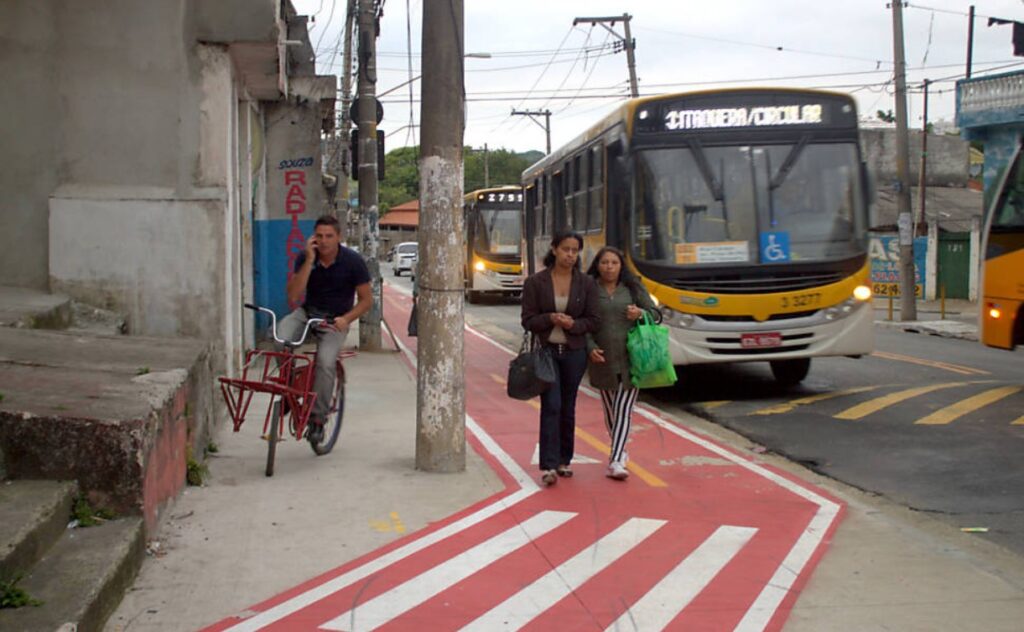
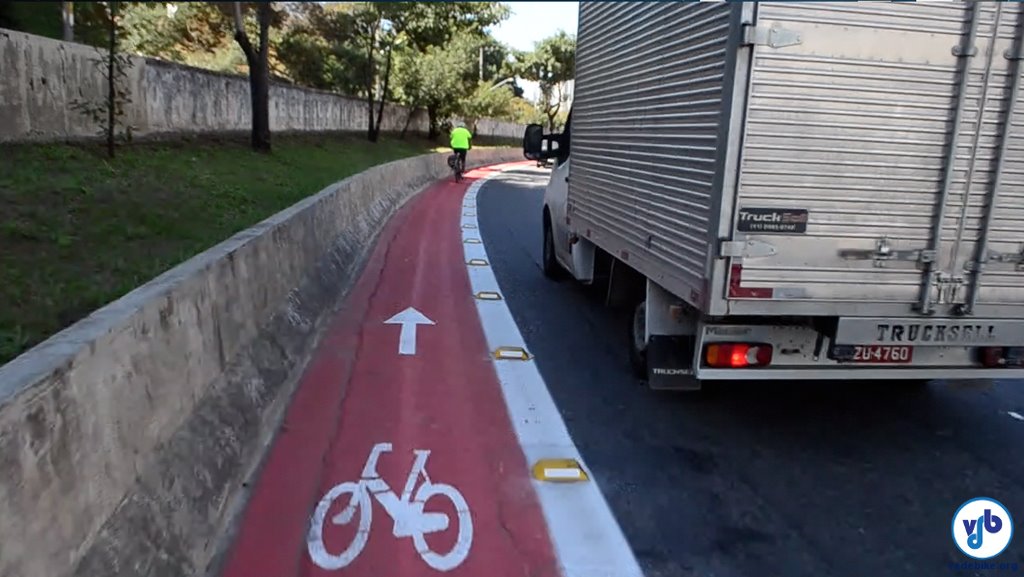
Maintaining the automobile privileges was a conditio sine qua non for the implementation of a cycling structure in São Paulo (and in other Brazilian cities), so that the extremely conservative population would not be opposed to the mobility policy. Yet people protested against it, and part of that network is being dismantled currently.
These reflections generated a major question:
How to re-educate a car-centered society, which resulted from a long historical process, for bicycling? How to weaken automobile supremacy in order to build safe cycling structure, according to the Brazilian reality?
Identifying the problem as of historical, social and cultural matter, which reflected on politics and policies, is the first step.
References:
- Andrade, D. (2019). Populism from above and below: the path to regression in Brazil. The Journal of Peasant Studies, 1–27
- Brazil, Ministry of Cities. (2007). Bicicleta Brasil: Programa Brasileiro de Mobilidade por Bicicleta [Cycling Brazil: National Cycling Mobility Program]. Retrieved from https://www.ciclocidade.org.br/biblioteca/file/4-colecao-bicicleta-brasil-programa-brasileiro-de-mobilidade-por-bicicleta-caderno-1
- Campos, P. H. P. (2017). Estranhas catedrais: as empreiteiras brasileiras e a ditadura civil-militar, 1964-1988 [Strange cathedrals: Brazilian contractors and the civil-military dictatorship, 1964-1988]. Niterói, Brazil: Eduff.
- Kuipers, G. (2012). The rise and decline of national habitus. European Journal of Social Theory, 16(1), 17–35.
- Manfiolete, L. D., & Aguiar, C. M. (2013). A história da bicicleta e seus usos [The history of bicycle and its usages]. Lecturas: Educación Física y Deportes, 18(187). Retrieved from https://www.efdeportes.com/efd187/a-historia-da-bicicleta-e-de-seus-usos.htm
- Marshall, W. E., Piatkowski, D., & Johnson, A. (2017). Scofflaw bicycling: Illegal but rational. Journal of Transport and Land Use, 10(1), 805–836. https://doi.org/10.5198/jtlu.2016.871
- Oldenziel, R., & Albert de la Bruhèze, A. (2011). Contested Spaces: Bicycle Lanes in Urban Europe, 1900-1995. Transfers, 1(2), 29-49. https://doi.org/10.3167/trans.2011.010203
- Soares, R. D. G. (2015). Bicicleta e mobilidade urbana: Modismo ou solução sustentável para o transporte na cidade de São Paulo [Bicycle and urban mobility: Fad or sustainable solution for São Paulo transportation] (PGDip dissertation, University of São Paulo, São Paulo, Brazil). Retrieved from http://myrtus.uspnet.usp.br/celacc/sites/default/files/media/tcc/versao_final_pdft.pdf
- Van der Zee, R. (2015, May 05). How Amsterdam Became the Bicycle Capital of the World. The Guardian. Retrieved from https://www.theguardian.com/cities/2015/may/05/amsterdam-bicycle-capital-world-transport-cycling-kindermoord

